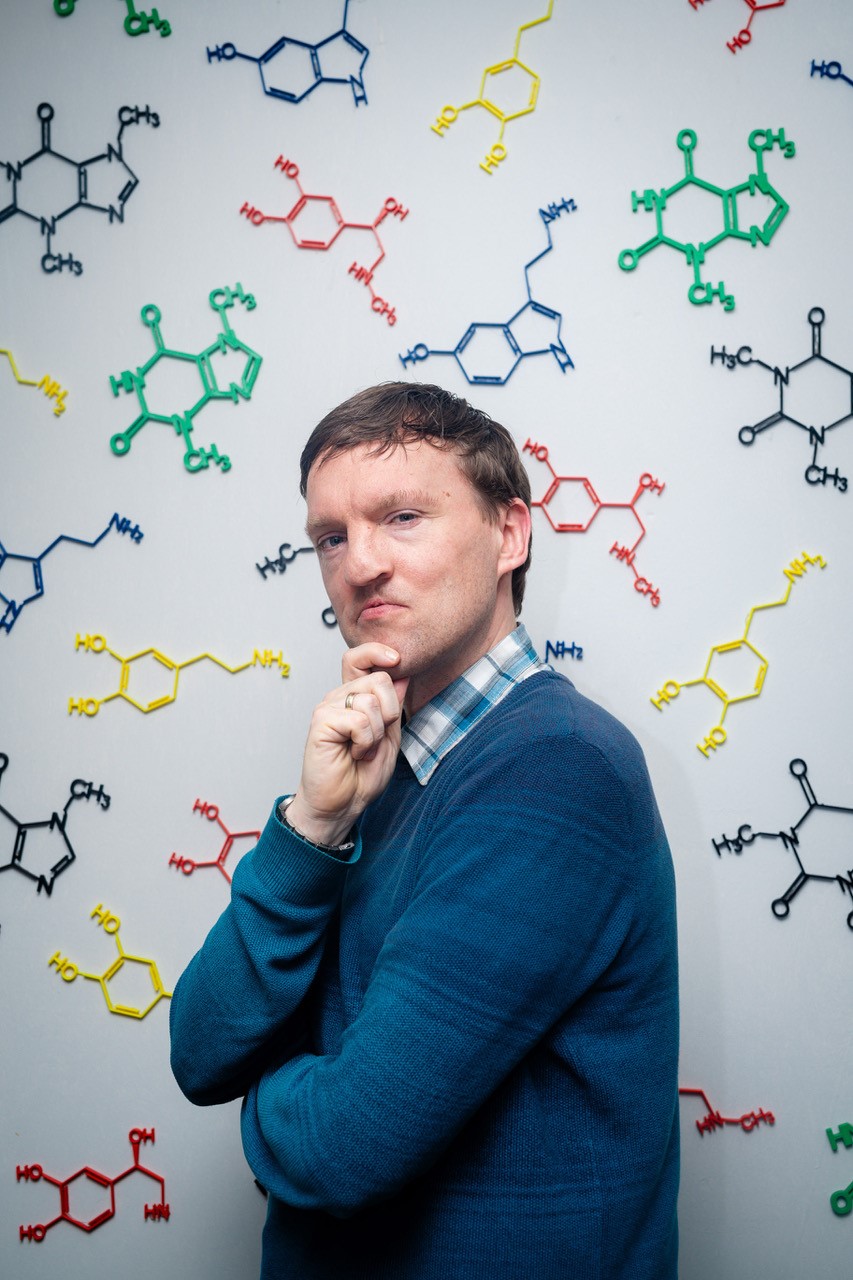What excites you about the current trends in natural product research?
Current developments in analysing omics datasets will allow us to connect datasets at various levels in many more ways than before. This is really exciting as I think we can only start to understand the role of small molecules and specialised metabolites in complex ecosystems by leveraging the information of several datatypes together. Another exciting trend is the increased uptake of spatial and single-cell metabolomics, as the role of metabolites can be further unraveled by resolving their distribution patterns across tissues and cells. Finally, standardized frameworks for paired omics analyses are emerging; this is great as it will allow us to both develop and benchmark novel tools and algorithms for integrative omics mining, for example for biosynthetic pathway discovery.
What’s the best piece of advice you’ve ever received, and how has it shaped your career?
After your paper got published, ask yourself why people should read it....and make that clear in presentations and other outreach (for example on social media) that you do. With the current amount of literature, it is hard to keep up with everything, so putting on a plate what people can expect from your paper can help to make your work being read. During a career advise talk in Glasgow, I literally got asked that question by a coach; and ever since, I have started to answer that question in communications about my work. My current personal addition to this advice would be: ask this question when you start to shape the outline of your manuscript, as it will also help at that stage to design effective figures and a logical flow in the results and introduction.
When you look back on your career, what impact do you hope to have left on the field?
It is still some time from now…. I would hope that natural product researchers will have found it easier to explore, annotate, and share their metabolomics datasets with the outside world!
What’s been your most unexpected or hilarious ‘eureka’ moment in the lab (or at desk)?
Well, I still vividly remember seeing the first mass spectral pattern for adenine in the earliest MS2LDA substructure discovery results in Glasgow back in 2015. After opening the comma separated file in Excel, I had to browse manually through the patterns and the moment my eye caught the two mass fragments of adenine, 136 and 119, together in one pattern, I realised we were on to something with combining text-mining approaches with metabolomics data. It still took many iterations and efforts to get to the first version of the MS2LDA tool....and I am glad that the MaGic-MOLFUN consortium has allowed our team to work on a new version of the tool that is more scalable, helps with strucutural interpretation of the discovered mass spectral patterns, and is also more integrated with current software frameworks like matchms and MassQL.

